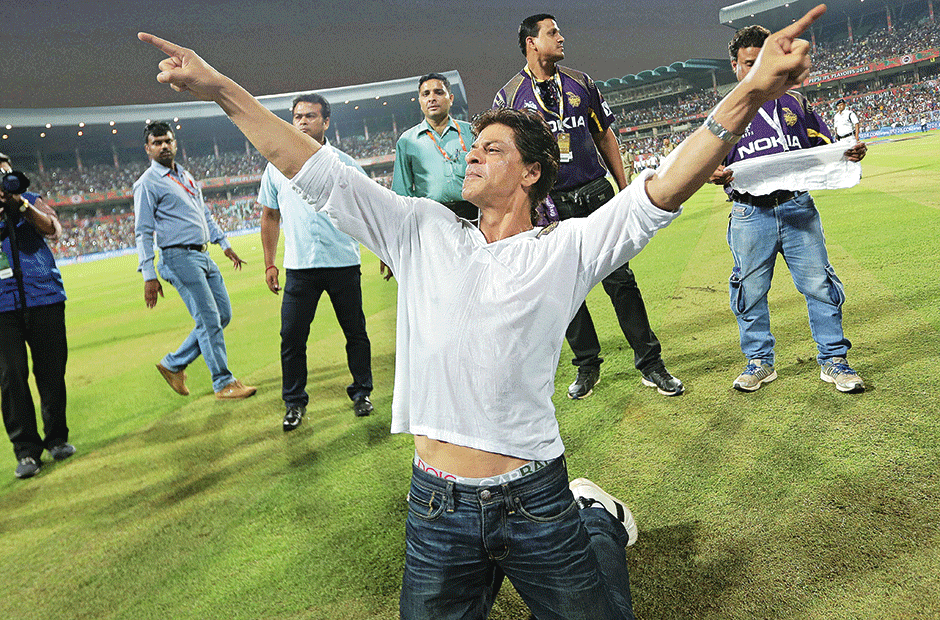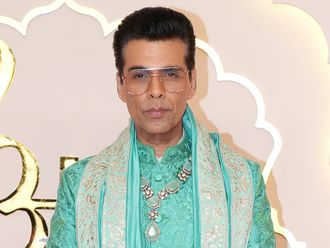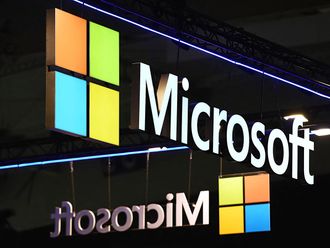
It was the middle of the 2015 season of the IPL and the contrast could not have been sharper. On the one hand was Chris Gayle trying to blast Trent Boult in front of a raucous Bengaluru crowd while playing for the Royal Challengers Bangalore (RCB). And on the other his international teammates Jerome Taylor, Kemar Roach and Jason Holder were trying to bowl out Alistair Cook’s England in Antigua.
The first question that came to mind is: should Gayle not have been there? Or Darren Sammy, who was also playing for the Royal Challengers? Or for that matter Dwayne Bravo, who was batting for the Chennai Super Kings? That players now have the option to choose club over country is interesting. Given the crisis in West Indies cricket, Gayle, Sammy, Bravo and Sunil Narine all opted to play the Indian Premier League, giving the series against England a miss.
What this ground reality alludes to is that the IPL brand continues to be robust despite all the scandal and fixing taint. Fans continue to support the format and have come out in big numbers braving the high heat and humidity across India from April to May.
Also, the IPL is no longer dependent on the Indian team’s performances in world tournaments. Despite India’s loss in the semi-final of the World Cup, the IPL was a success. It has garnered enough strength as a standalone brand and as Sourav Ganguly commented on the day of the Kolkata Knight Riders (KKR) versus RCB match at Eden Gardens last April, “Irrespective of what India does, fans will surely come out to watch the IPL. This tournament has become a staple for the Indian middle classes.”
So what is it that makes the IPL tick? Is it still the presence of Shah Rukh Khan at the Eden Gardens supported, more often than not, by his Bollywood entourage? Is it the glitzy opening ceremony where the best of Bollywood is brought over to entertain fans? Is it about the cheerleaders whose enthusiasm entertains the Indian youth? Is it about the format, which has helped create and nurture newer city-based loyalties? Finally, is it about cricket, which is intense and exhilarating in most IPL games?
Perfect mix
Imagine Shah Rukh Khan coming out to support a Ranji Trophy team in any of India’s cities. Will he be able to draw thousands to the stadium or is it something about the IPL brand that has captured people’s fancy?
The answer is a no-brainer. It’s a mix of heady entertainment and cricket that makes IPL what it is. It caters to a larger constituency of the Indian populace than any other sporting event, explaining its success despite the many scandals impacting its credibility.
Cricket plays a huge part. Unless the IPL was a serious sporting competition, it would never have been able to capture the fans’ fancy. Chris Gayle, it may be conjectured, plays the IPL with more intensity than any other fixture. He earns maximum money from the tournament, so it’s only natural he will give it his all. His batting at Eden Gardens against KKR in 2015 was special to say the least. The shots against Morne Morkel, bowling full tilt at close to 150km/h, were sensational. It brings the fans.
David Warner flinging himself full stretch to catch RCB’s Mandeep Singh while captaining Sunrisers Hyderabad demonstrated the effort involved and this is where the IPL ticks those boxes. At its core is serious cricket and despite all the distraction surrounding it, this core has never been disturbed.
Innovation is critical
Yes, some of the teams have found it difficult to generate sponsorships. Sunrisers Hyderabad, for example, sell their sponsorships at half the price sold by the other teams. Perhaps they will find it harder in the years to come.
But such a correction is inevitable in the case of any sports brand. With the novelty having worn off, innovating is critical. But such innovations will always constitute the surround sound. They will serve as the frills or garnish in a gourmet dish. As long as the game throws up stunning matches and incredible super-over finishes, the IPL clientele will remain intact.
Two days from now at 6.30pm UAE time, it will be game on. It is a passion that has turned seductively intense and one that cuts across age and gender. Spread over seven weeks, drama, spectacle, ecstasy and agony will be dished out in spades. At the cost of giving favourite soaps and serials a miss, entire families will be glued to the heady mix of cricket and entertainment on offer, a package unprecedented and one that transformed the face of Indian and world cricket.
Indian cricket, thanks to the IPL, is an exciting proposition today, if for no other reason than its success in commercialising the sport in a manner unthinkable just a few years ago.
In future, balancing between the needs of the market and the needs of the fan base will undoubtedly decide how the IPL is able to sustain the hype. Until a final verdict is made on that score, observers agree the tournament is a breath of fresh air that has converted the game into a multibillion-dollar enterprise and India into the real centre of the gentleman’s game.
— The writer is co-author of Playing it my Way, the autobiography of Sachin Tendulkar












